Cober Team
Artificial Intelligence (AI) is significantly revolutionizing the photo print and photobook space with improvements for photography, layout and image processing.
Many people still associate AI with science-fiction dystopias, but that characterization is waning as AI becomes more commonplace in our daily lives. Today, artificial intelligence is everywhere – even our homes (hey Google!).
Photo Print and Artifical Intelligence
When it comes to the photo printing business, AI can accomplish some tricky tasks from the print job creation to continuous production. It can streamline efficiencies of end-to-end photo printing process through deep learning from experience. Here are just a few of these at work.
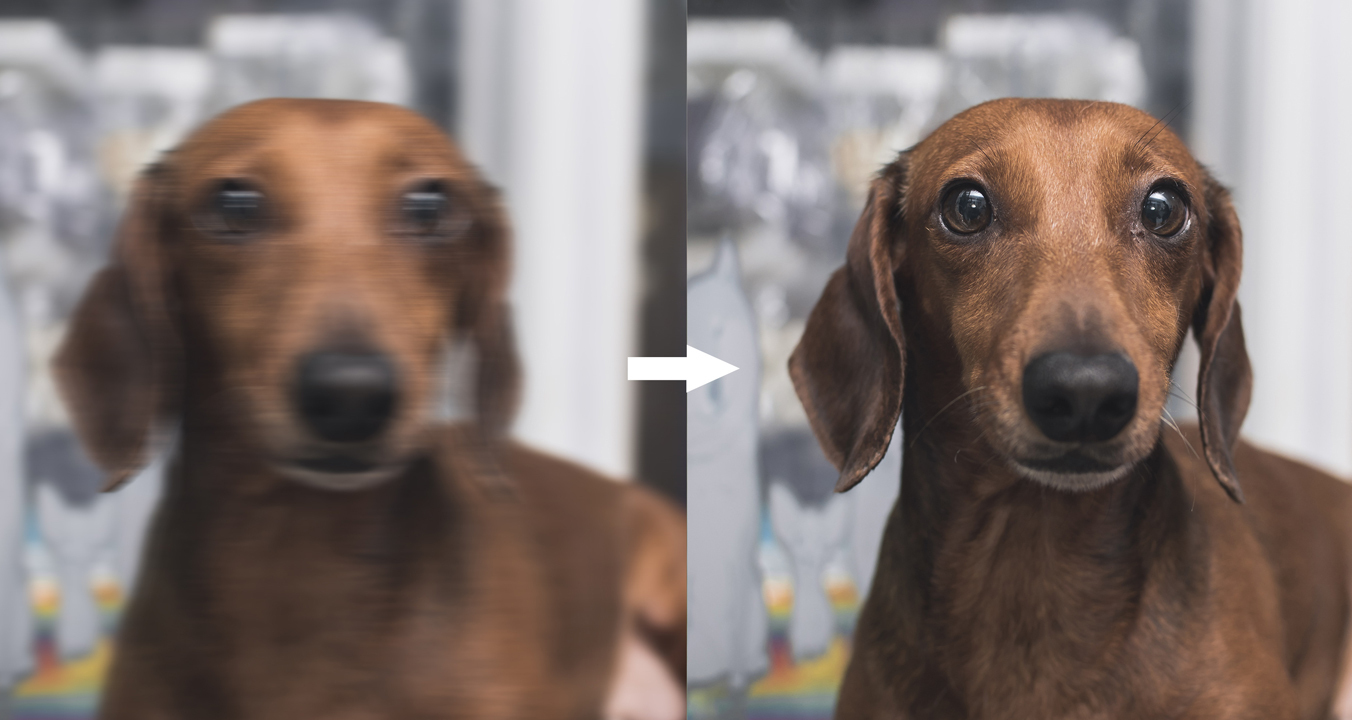
Automated Image Enhancement:
AI algorithms can analyze and enhance digital images, improving their quality, color accuracy, and sharpness. These algorithms can automatically adjust exposure, contrast, and noise reduction, resulting in visually appealing prints without the need for extensive manual human interference.
Automated Printing Services:
Online platforms and applications utilize AI algorithms to offer automated photo printing services, allowing users to upload their digital images and receive high-quality prints on-demand. AI helps optimize print settings, select appropriate paper types, and ensure accurate color reproduction.
Object and Scene Recognition:
AI algorithms can automatically tag and label photos based on recognized objects, locations, or themes. This simplifies the search and retrieval process, making it easier to locate specific images for printing.
Customization and Personalization:
AI-driven tools can apply filters, add artistic effects, or create collages and photo montages in a snap. Additionally, AI-powered recommendation systems can suggest personalized printing options based on individual preferences and past printing choices.
Facial Recognition and Retouching:
AI algorithms excel in facial recognition, enabling automated face detection and identification. This capability is beneficial for group photos, as it assists in identifying individuals and applying facial retouching techniques. AI can smooth skin, remove blemishes, and correct imperfections, enhancing the overall appearance of printed portraits.
Image Upscaling:
Deep learning and neural networks have made significant advancements in image upscaling, allowing low-resolution images to be printed at larger sizes without significant loss of quality. The algorithms can analyze patterns and textures in low-resolution images to generate more detailed and realistic prints.
Quality Control:
AI algorithms can identify potential issues like color inaccuracies, artifacts, or cropping problems. This helps ensure that the final printed output meets the desired standards.
Artistic Style Transfer:
AI-powered style transfer algorithms can help users apply the characteristics of famous artworks or specific artistic styles to their photos. This creative feature allows photographers and consumers to produce unique and visually striking prints, merging photography with artistic expression.
Photobooks and Artifical Intelligence
In this era of digital photography our behaviours have changed so much around photo printing and photo archiving. For those who do print their photos, it can take weeks to organize and sort through the thousands of digital images we have on hand. This has highlighted why artificial intelligence is the future of photobook creation, design, and printing, offering new possibilities and enhancing the overall user experience.
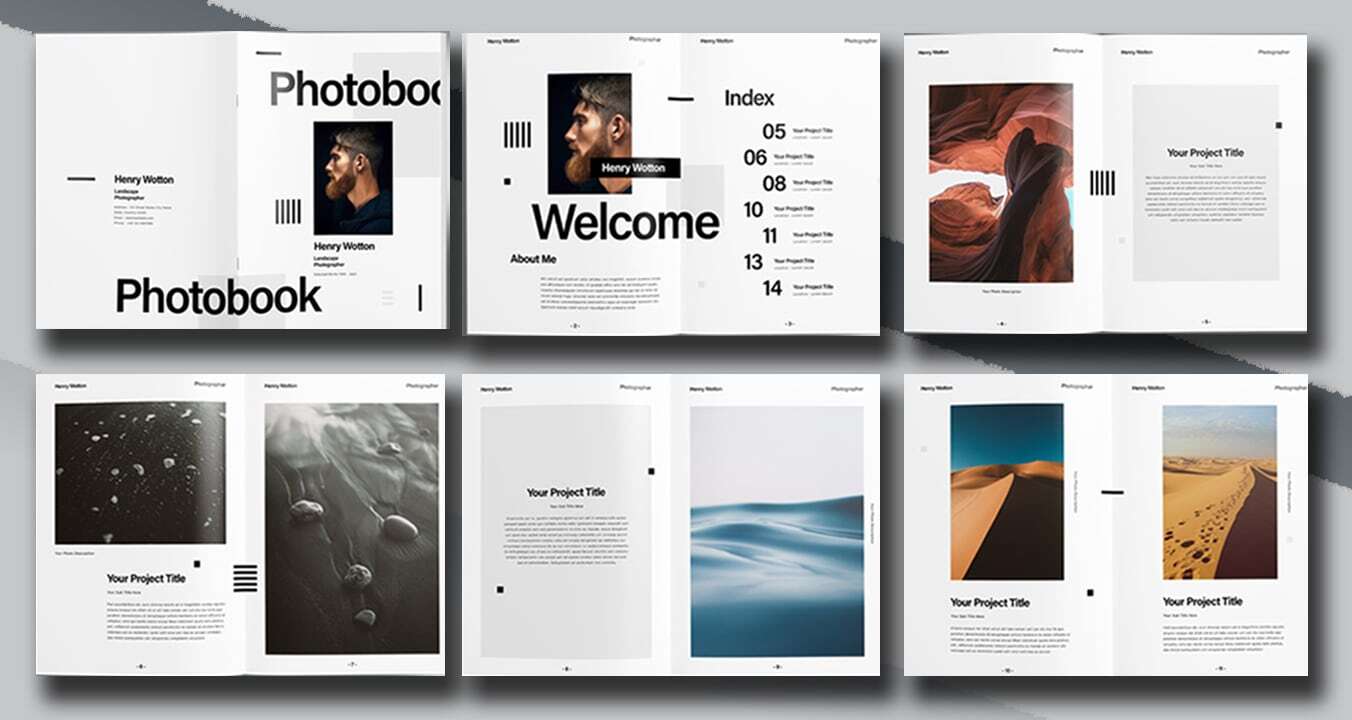
Christina Teng, Senior Product Manager for Mixbook shares her perspective on how AI is enhancing the consumer experience.
At Mixbook our cutting-edge AI technology is revolutionizing the way our customers manage their photos and receive design recommendations. By leveraging the power of AI, we are able to dramatically simplify the photo curation process for our customers and anticipate their unique design needs, empowering them to spend less time organizing their memories, and more time enjoying them.
—Christina Teng, Senior Product Manager for Mixbook
Automated Photo Selection:
Algorithms can analyze a large number of photos and automatically select the best ones based on criteria like image quality, composition, and facial recognition. This saves time for users who no longer have to manually sift through hundreds and thousands of photos, ensuring that only the most relevant and visually appealing images are included in the photobook.
Intelligent Design Assistance:
AI-powered design tools can assist users in creating aesthetically pleasing photobook layouts. These tools consider factors such as image content, colors, and spatial composition to suggest optimized design options.
Smart Photo Enhancement:
These algorithms can adjust brightness, contrast, color balance, and remove noise or red-eye effects to ensure that the printed photobooks have high-quality images.
Personalization and Customization:
Users can apply filters, add captions, and even create themed designs that align with preferences or specific events. AI's ability to generate personalized recommendations based on user preferences and past interactions further enhances the customization options for photobooks.
Streamlined Production and Printing:
AI can automate the print job management, optimizing the printing process for speed and cost-effectiveness.
These advancements have made it easier for users to create customized, professional-looking photobooks while streamlining production and printing processes.
AI is here to stay and is improving how we relive our memories through photos.

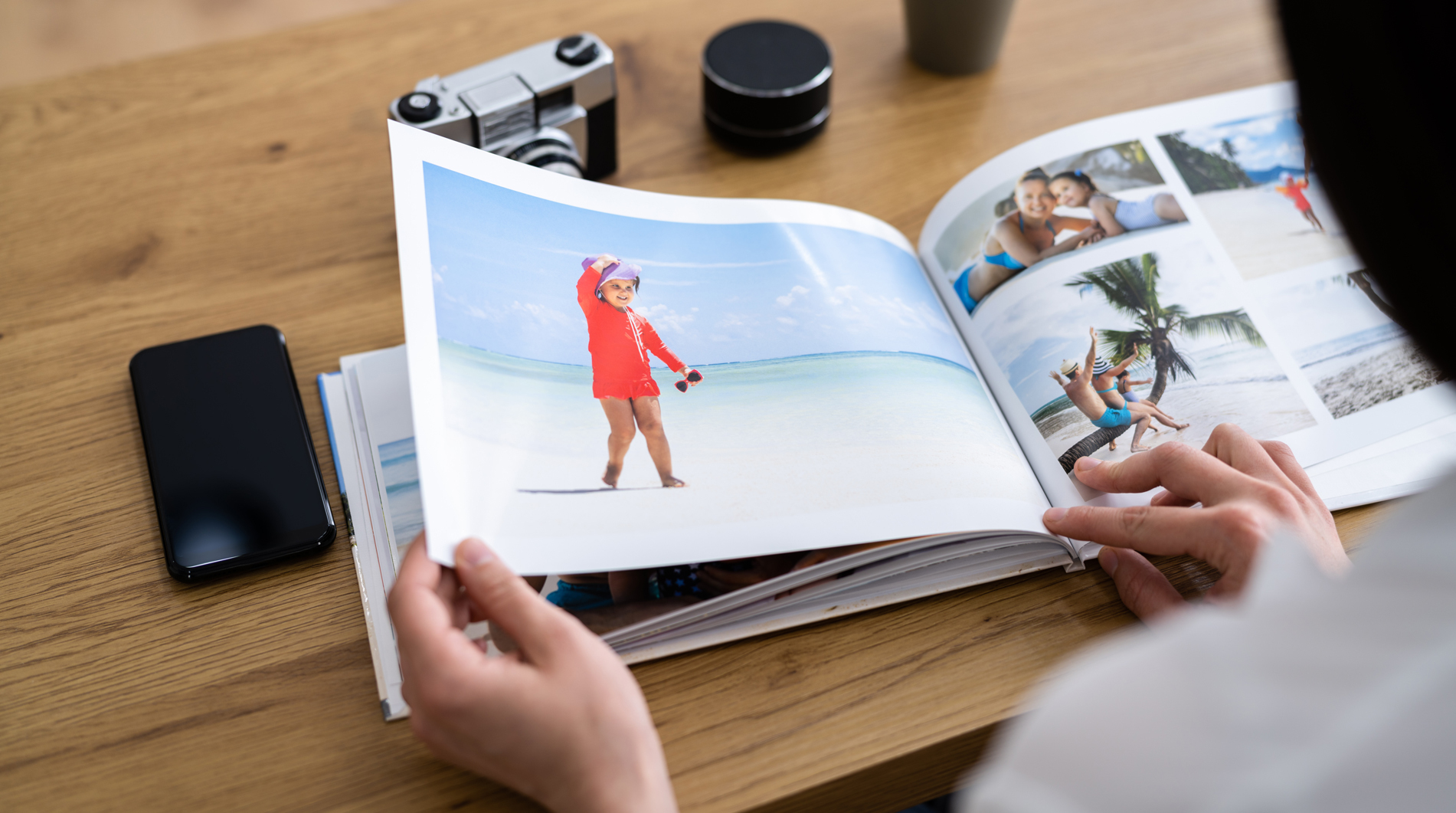
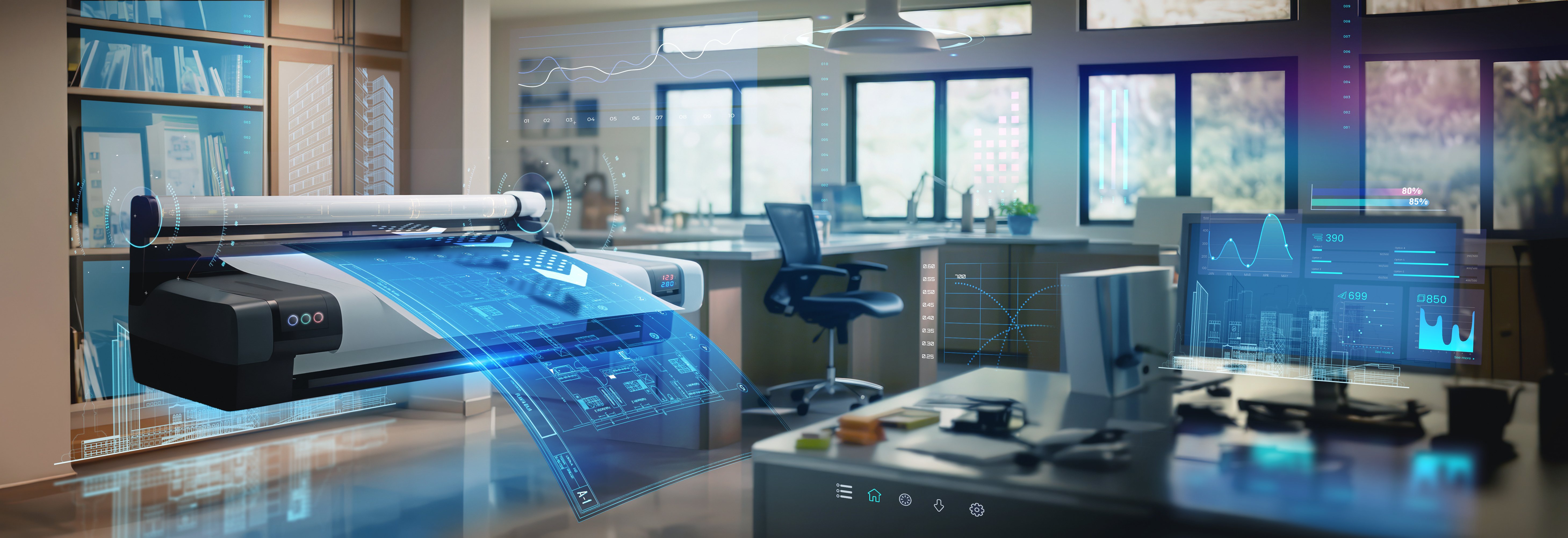


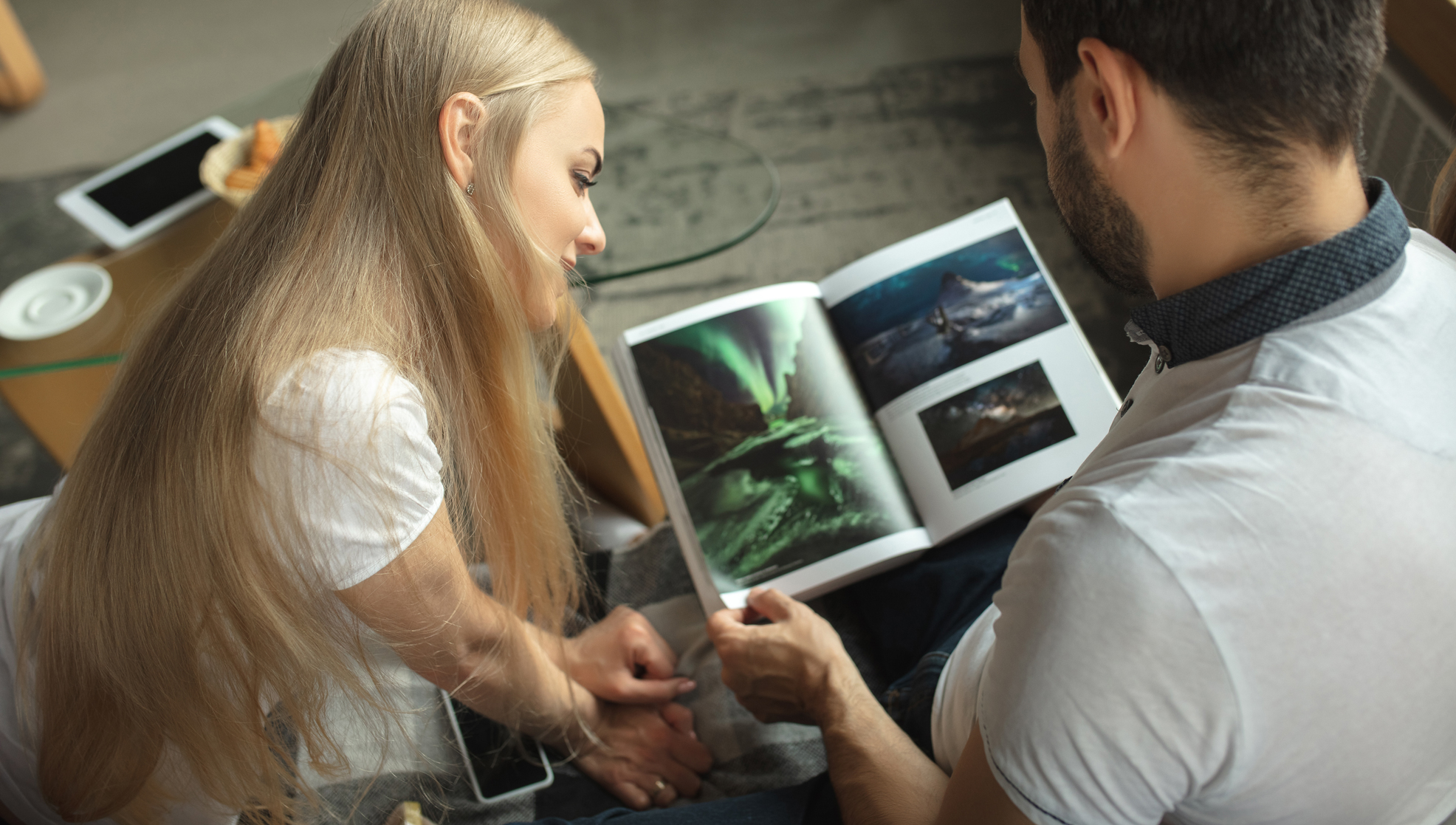


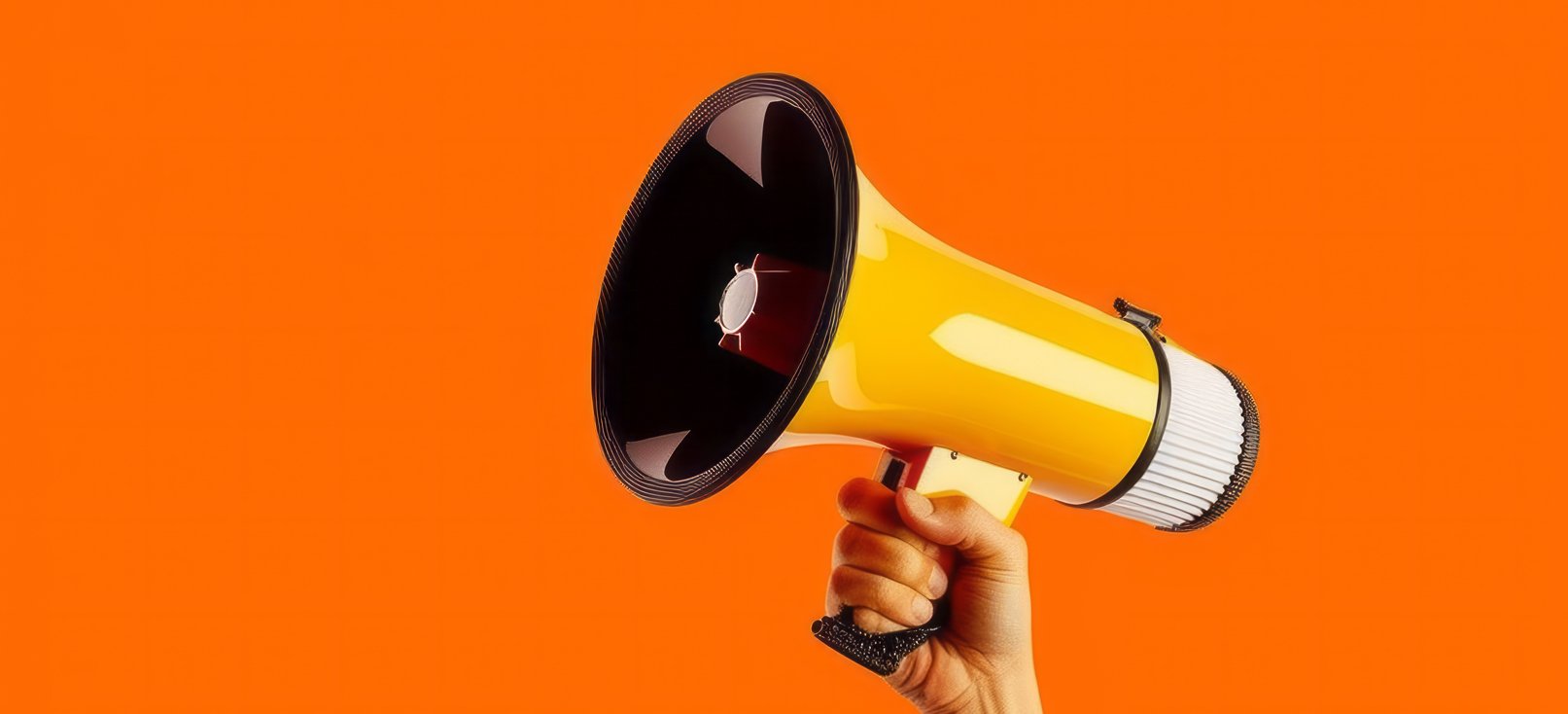
.jpg)

